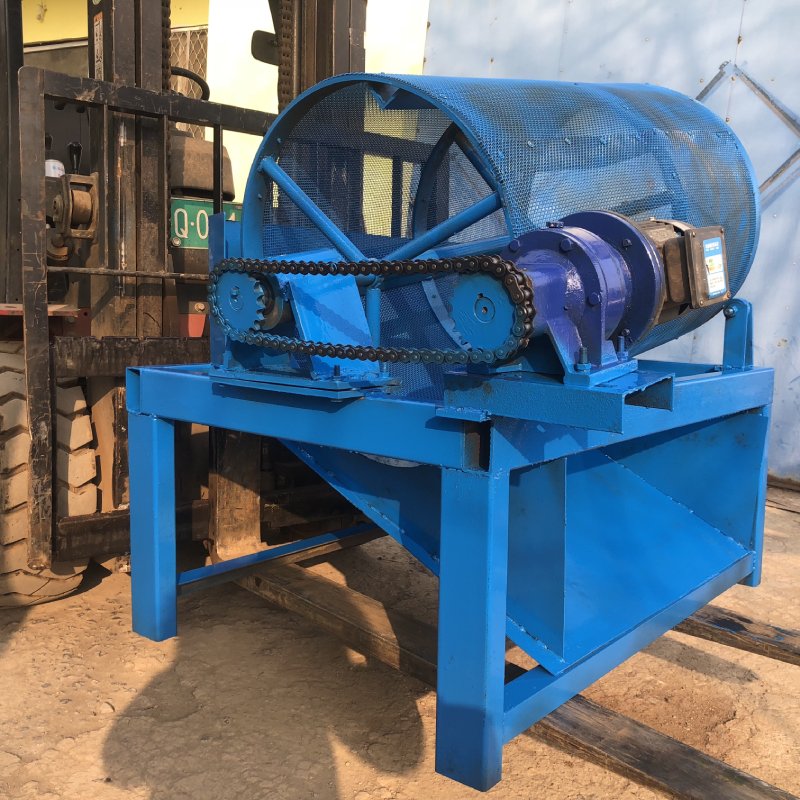
Image source:Aiwei block machine
Introduction
Proper maintenance and timely troubleshooting are crucial for ensuring the efficient and reliable operation of Chinese brick making machines. Regular maintenance helps prevent costly breakdowns, prolongs the machine’s lifespan, and maximizes productivity. Additionally, troubleshooting techniques enable operators to identify and resolve issues promptly, minimizing downtime and optimizing production. In this article, we will explore maintenance practices and troubleshooting strategies specific to Chinese brick making machines.
Regular Maintenance Practices
a. Cleaning and Lubrication:
Regular cleaning of the machine’s components, such as molds, conveyors, and feeders, helps prevent the build-up of debris or hardened material. Lubrication of moving parts, such as bearings, chains, and gears, ensures smooth operation and minimizes wear and tear.
b. Inspection of Wear Parts:
Components that are subject to constant friction and wear, such as conveyor belts, rollers, and molds, should be inspected regularly for signs of damage or deterioration. Any worn-out or damaged parts should be replaced promptly to avoid compromising the machine’s performance.
c. Calibration and Alignment:
The machine’s calibration and alignment should be checked periodically to ensure accurate and precise brick production. This includes verifying the alignment of molds, adjusting the pressure settings, and calibrating sensors and controls.
d. Electrical System Maintenance:
Regular inspection of the electrical system, including wiring, connections, and control panels, is essential to identify any potential issues. Loose connections, damaged wiring, or faulty electrical components should be repaired or replaced promptly to prevent electrical failures or malfunctions.
e. Safety Inspections:
Safety features, such as emergency stop buttons, safety interlocks, and guards, should be inspected regularly to ensure their proper functioning. Any defects or malfunctions should be addressed immediately to maintain a safe working environment.
Troubleshooting Techniques
a. Identify the Problem:
When a machine issue occurs, operators should first identify the problem by observing the symptoms and analyzing the production process. This may involve inspecting the machine, checking error codes or alarms, and consulting the machine’s operation manual.
b. Refer to Documentation:
Chinese brick making machines typically come with detailed operation manuals or user guides. These documents provide troubleshooting guidance, including common issues, possible causes, and recommended solutions. Operators should consult these resources to understand the problem and potential remedies.
c. Seek Technical Support:
If the issue persists or is beyond the operator’s expertise, it is advisable to seek technical support from the machine manufacturer or their authorized service centers. They can provide remote assistance, on-site visits, or guidance on resolving complex problems.
d. Preventive Measures:
Troubleshooting should not be limited to resolving immediate issues but also identifying root causes and implementing preventive measures. This may involve adjusting operational parameters, enhancing training programs, or implementing maintenance schedules to avoid similar issues in the future.
e. Continuous Training:
Operators and maintenance personnel should receive adequate training on the operation, maintenance, and troubleshooting of the specific brick making machine model. This enables them to identify and resolve common issues independently, reducing reliance on external support.
Common Issues and Solutions
a. Brick Quality Issues:
Poor brick quality may result from issues such as inadequate compaction, uneven moisture distribution, or improper mold alignment. Operators should check the compaction system, adjust moisture levels, and verify mold alignment to ensure consistent and high-quality brick production.
b. Machine Jams or Blockages:
Blockages in the feeders, conveyors, or molds can disrupt the production process. Operators should inspect and clear any blockages, ensuring the smooth flow of materials.
c. Sensor or Control Malfunctions:
Faulty sensors or control systems can lead to inaccurate measurements, inconsistent brick sizes, or operational errors. Operators should inspect and calibrate sensors, check wiring connections, and verify control system settings.
d. Power or Electrical Failures:
Power outages or electrical failures can halt production and potentially damage the machine. Operators should ensure proper electrical connections, inspect fuses and circuit breakers, and have backup power options in place to minimize downtime.
e. Mechanical Failures:
Mechanical failures, such as broken belts, worn-out bearings, or damaged gears, can disrupt the machine’s operation. Operators should regularly inspect mechanical components, perform timely maintenance, and replace worn-out parts to prevent unexpected failures.
Conclusion
Proper maintenance and effective troubleshooting are vital for ensuring the smooth operation and longevity of Chinese brick making machines. Regular maintenance practices, including cleaning, lubrication, and inspection of wear parts, help prevent issues and optimize performance. When problems do arise, operators should employ troubleshooting techniques, such as identifying the problem, referring to documentation, seeking technical support, implementing preventive measures, and providing continuous training.
By adhering to maintenance schedules, promptly addressing issues, and continuously improving operational processes, operators can ensure the reliable operation of Chinese brick making machines, minimize downtime, and optimize productivity. A proactive approach to maintenance and troubleshooting will not only increase the machine’s lifespan but also contribute to the overall efficiency and profitability of brick manufacturing operations.
